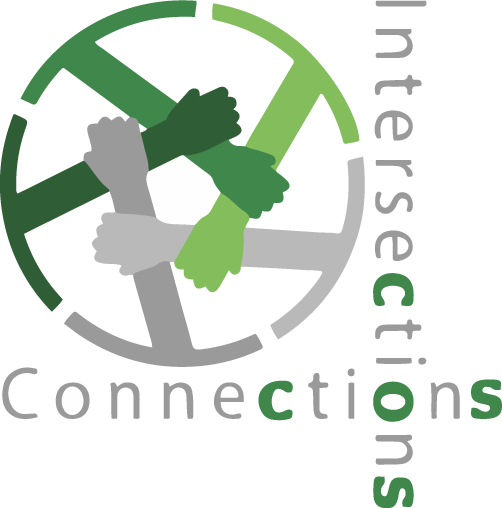Proposal Title
The Multifaceted Relationship Between Second Language Acquisition, Special Education, and Neuroscience
Abstract
The multifaceted, complex relationship between English as a Second Language, special education, and neuroscience is of utmost significance in U.S. schools. This literature review explores these relationships and also addresses concerns around formal and informal assessment, professional support and training/certification for educators and specialists, and effective strategies and interventions for struggling English learners. Neurological imaging illuminates the brain regions impacted in elementary and adolescent English learners who demonstrate typical and atypical language development. Educators, particularly special education and English as a Second Language teachers, and specialists can use this information as a guide to determine why the English learner is struggling and create appropriate intervention in order for the student to achieve success in the least restrictive environment. Special education and English as a Second Language teachers are at the forefront of providing direct services to K-12 English learners who demonstrate struggle with second language acquisition. A critical issue is determining whether the English learner is struggling due to a language difference or a learning disability. However, they need professional support, training, and knowledge of effective strategies in order to support struggling English learners. Thirty-four articles that meet the criteria are analyzed; results of the identified studies and limitations are reported. The interrelationships between English as a Second Language, special education, and neuroscience, are significantly important in order for all English learners to be effectively supported in the general education classroom setting.
Key Terms:
English as a second language, neurological imaging studies, right and left hemisphere involvement and impact on second language learning, monolingual vs. bilingual adolescent and adult learners, age of second language acquisition, proficiency, socioeconomic status, elementary English learners, reading disability in English, supporting educators and English learners, language difference vs. learning disability
Start Date
27-3-2019 10:00 AM
End Date
27-3-2019 10:50 AM
Room Number
U-Hall 3-089
Presentation Type
Paper
Lit Review: ESL, Special Education, and Neuroscience
Creative Commons License

This work is licensed under a Creative Commons Attribution 4.0 License.
Previous Versions
Full Text of Presentation
wf_yes
The Multifaceted Relationship Between Second Language Acquisition, Special Education, and Neuroscience
The multifaceted, complex relationship between English as a Second Language, special education, and neuroscience is of utmost significance in U.S. schools. This literature review explores these relationships and also addresses concerns around formal and informal assessment, professional support and training/certification for educators and specialists, and effective strategies and interventions for struggling English learners. Neurological imaging illuminates the brain regions impacted in elementary and adolescent English learners who demonstrate typical and atypical language development. Educators, particularly special education and English as a Second Language teachers, and specialists can use this information as a guide to determine why the English learner is struggling and create appropriate intervention in order for the student to achieve success in the least restrictive environment. Special education and English as a Second Language teachers are at the forefront of providing direct services to K-12 English learners who demonstrate struggle with second language acquisition. A critical issue is determining whether the English learner is struggling due to a language difference or a learning disability. However, they need professional support, training, and knowledge of effective strategies in order to support struggling English learners. Thirty-four articles that meet the criteria are analyzed; results of the identified studies and limitations are reported. The interrelationships between English as a Second Language, special education, and neuroscience, are significantly important in order for all English learners to be effectively supported in the general education classroom setting.
Key Terms:
English as a second language, neurological imaging studies, right and left hemisphere involvement and impact on second language learning, monolingual vs. bilingual adolescent and adult learners, age of second language acquisition, proficiency, socioeconomic status, elementary English learners, reading disability in English, supporting educators and English learners, language difference vs. learning disability




